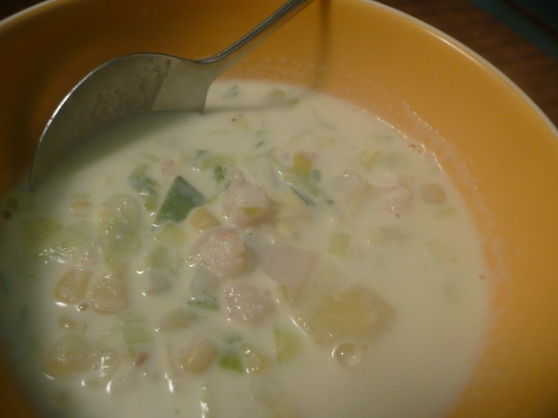Do you ever eat leftover pasta? What do you do to revive it?
I love batching something, and use it little by little to create many different dishes later in the week and I even blog and teach people how to do that, but pasta is one of very few things I don’t over-make. Because, noodles are best when it’s cooked, right off the pot. The older they get, the stickier they become.
As many of you read on my previous post, I hosted a cooking class party last Sunday at our kitchen, and as a host, I wanted to make sure to be prepared, and have more than enough food.
I got carried away, and served and showed how to make all these dishes:
- Appetizers
- 2 kinds of Mushroom bites (one with goat cheese, one without)
- Mushroom, spinach and feta cheese gozleme (Turkish version of Quesadilla)
- Crudite with pesto mayonnaise
- Served during the Class
- Made Sauteed button mushrooms and Asian mushroom mix (use these as a base)
- Okara Quiche with chicken, leeks, asparagus, mushrooms, and gruyere cheese
- Dinner
- Magic Mushroom Soup
- Tuna and Mushroom Pasta, Japanese Style
- Kinoko Mizore Ae (Japanese Mushrooms and Grated Daikon Salad with Ponzu Sauce)
- Cranberry and Fruit Relish with Whipped Cream
A lot of mushrooms, I know. But this class was called “Flexipes: Mushrooms and Beyond”, and designed to teach people how to make a large batch of something (in this case, sauteed mushrooms), then turn it into many different dishes throughout the week (or later if they choose to freeze it). Naturally, a lot of mushrooms had to show up on the menu. The good news is, when you make them different flavors and treatments, people often don’t feel they are eating only mushrooms — and no one complained. Phew!
Pretty much all the food was gone, except the pasta. I forgot the fact that they ate quite a bit of appetizer and okara quiche before dinner, and made extra in case people were hungry.
Well, something I don’t like more than old pasta is throwing away perfectly good food. Almost all Japanese have “Mottainai” as a motto. “Waste not”, it means. So, I needed to do something with this pasta leftover.
So I decided to moisten the pasta with a little bit of liquid (I used vegetable broth I had on hand, but you can use other kind of broth, white wine, pasta water, or even water in a pinch), covered and microwaved it.
Of course, it was not quite as good as newly cooked al-dente pasta, but it was far better than leftover pasta without that treatment, or pre-made pasta from store. And I definitely liked the fact that I was able to eat it just by heating up. It’s hard to see on the photo, so just try it and see what you think.
In any case, it’s best to mix the pasta with the sauce as soon as you cook it. Plain pasta without anything starts to stick right away, and will be harder to revive, especially spaghetti. Even worse are capellini and flat pasta like linguini.
So the best pasta practice is, in my opinion:
1. Make the exact amount of pasta, and eat it right away.
2. If there’s any leftover, make it into pasta salad as soon as possible.
3. Mix the pasta with sauce or dressing right away or, if undressed,
4. As a last resort, sprinkle with a little bit of liquid on top, cover and microwave, and enjoy the time -saving!
So what do you do with your leftover pasta?











